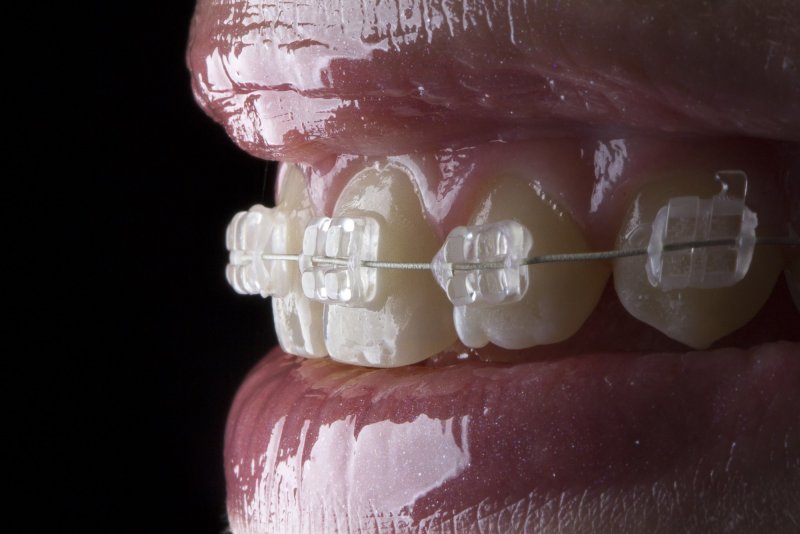Orthodontics

Orthodontics is a branch of dentistry that specializes in the diagnosis, prevention and correction of malpositioned teeth and jaw, also known as malocclusion.
What can orthodontics do for you
Orthodontic treatment can not only correct an ill-defined arrangement of teeth, but also improve the aesthetic appearance of the lower and middle sections of the face. Thus, it is a highly effective solution to improve both teeth alignment and facial features.
Intermittent dental braces
Intermittent dental braces can be used to correct malpositioned teeth in children aged 4-11 years old. "Intermittent" in this context means that the child wears the braces only for a few hours of the day and at night. This solution is easy to execute and rather comfortable for the child, as the braces can be removed at any time of the day by the child/parent.
Permanent dental braces
It is important to remember that an orthodontic treatment is suitable not only for children and teenagers. Braces can be also effectively used to correct malpositioned teeth in adults. This solution guarantees an improvement in not only the appearance, but also the functionality of the teeth. Currently, wearing braces is considered by the society as evidence that one cares about own health and aesthetics, rather than a reason to feel ashamed. In some elderly patients, braces may be recommended before the application of a dental prosthesis or dental implants.
The course of an orthodontics treatment
1. First visit
During the first visit, the following steps are implemented: an X-ray picture of the patient's dentition is taken, the orthodontist discusses the diagnosed abnormalities in teeth malposition and explores the expectations of the patient. Subsequently, a mould of the patient's dentition is made, which aids in designing diagnostic models and photographic documentation of the patient's initial dental state is collected.
2. Treatment plan
Through a comprehensive analysis of the collected information, the orthodontist comes up with a treatment plan, which aims to reach an alignment as close as possible to the "norm". Sometimes multiple methods can be employed to reach the desirable goal. In such cases, each option is thoroughly discussed with the patient. After the consultation, the patient is given time to make a decision. During this consultation, the orthodontist also explores with the patient the potential complications and difficulties associated with orthodontic treatment. Additionally, the orthodontist discusses the costs of treatment and a mutually agreed plan is made.
3. Application of dental braces
After diagnostic assessment, exploring the treatment options with the patient, agreeing on a mutually satisfying plan and accepting the costs of the treatment by the patient, the orthodontist fixes the dental braces on. Our aim is to reach this stage already during the third visit. Thanks to modern technologies, having the braces applied is painless and is not something to worry about. Applying one arch (thus half of the procedure) typically takes up to an hour.
4. Active treatment phase
Having the braces in place marks the beginning of the active treatment phase. The orthodontist skillfully orchestrates the direction of changes occurring during monthly follow-up visits. Depending on the nature of the alignment defect, the treatment usually lasts between 18 and 24 months. In rarer, more complicated cases, the treatment can be extended up to 36 months. If this is the case, the patient will be warned about this possibility by the doctor.
5. Retention phase
Removing the braces by the orthodontist marks the end of the active treatment phase, which is followed by the retention phase. The retention phase allows the patient to maximise the longevity of the treatment effects, given that orthodontist's recommendations are being followed.

 +48 515 506 616
+48 515 506 616